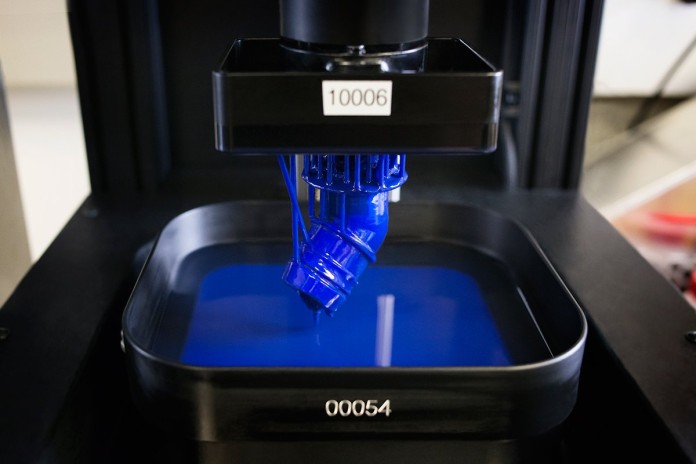Innovative raw materials to help augment the operational efficiency of 3-D printers, finds Frost & Sullivan
MOUNTAIN VIEW, Ca: The application scope of 3-D printing technology is currently restricted to the production of extremely low volume parts and production tooling. This is mainly due to the high costs of the machinery and raw materials, slow printing speeds and reduced levels of software optimization. Therefore, with a drop in material and machine prices, advanced software integration and faster printing, 3-D printing could potentially revolutionize automotive production, supply chain and the aftermarket.
New analysis from Frost & Sullivan, Executive Analysis of 3-D Printing in the Automotive Industry, finds that the technology will generate $4.3 billion from the automotive industry by 2025 and achieve deeper penetration in automotive production and the aftermarket. As a result, 3D printing could offer substantial savings to manufacturers, suppliers and even consumers.
“Even though cheaper raw materials and technological enhancements will boost the uptake of 3-D printers, issues such as patent liability, product defects and patent infringement will persist,” said Frost & Sullivan Mobility Research Analyst Viroop Narla. “Furthermore, comprehensive training as well as expensive data and communications systems, will be required to maximize 3-D printers’ operational efficiency, decrease data loss, minimize corruption and theft.”
Currently, new companies such as, Carbon3D, are developing novel 3-D printing technologies and partnering with established companies like Ford, in order to achieve technological advancements and shrink development times. 3-D printing technology will allow original equipment manufacturers (OEMs) and suppliers to print at multiple locations, thereby diminishing waiting periods and overall costs. Ultimately, this technology will also enable users to design and print customized parts, in line with each customer’s requirements.
In 2015, 90 percent of 3-D printing applications in the automotive industry were for prototyping and 10 percent for production. However, there could be a turnaround in this ratio with a 40 percent fall in price difference of raw materials (plastics and polymers) used by conventional manufacturing and 3-D printing.
“Innovative materials such as carbon fiber, metal powders and titanium are expected to radically improve the mechanical, chemical and thermal characteristics of printed products,” observed Narla. “Additionally, machines with a focus on quality and better manufacturing processes will lower post-processing requirements by generating products with superior tolerances and surface finish details.”
Executive Analysis of 3-D Printing in the Automotive Industry is part of the Intelligent Mobility Growth Partnership Service program. Frost & Sullivan’s related studies include: 2015 North American Category Management Report—Lighting Components, How 3D Car Configurator Technology Can Shift the Point of Engagement Upstream in the Customer Journey, Executive Analysis of Thailand Logistics Industry, Executive Analyses of the Markets for South African and Algerian Passenger Vehicles and LIDAR-based Strategies for Active Safety and Automated Driving from Major OEMs in Europe and North America. All studies included in subscriptions provide detailed market opportunities and industry trends evaluated following extensive interviews with market participants.






[…] 3D Printing Set to Revolutionise the Automotive Production and Aftermarket Parts Therefore, with a drop in material and machine prices, advanced software integration and faster printing, 3-D printing could potentially revolutionise automotive production, supply chain and the aftermarket. …. Point of Engagement Upstream in the … Read more on AutoTalk […]
8====D